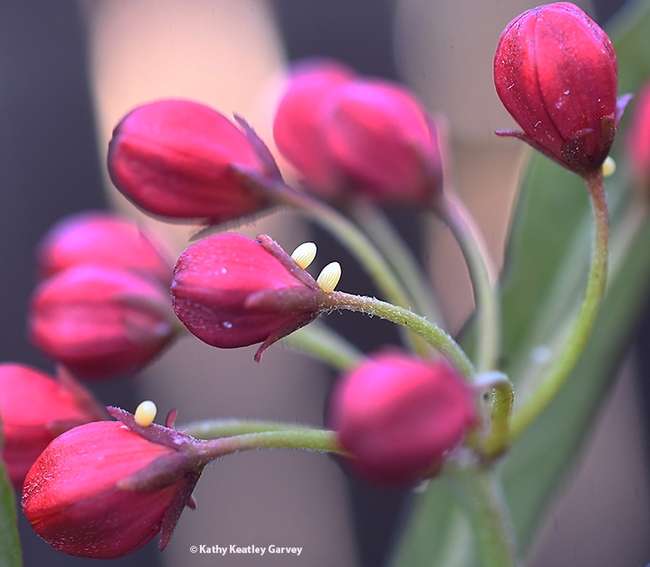2020 was a troubling year for the monarch butterfly, Danaus plexippus.
The severe population decline led the Xerces Society for Invertebrate Conservation to seek endangered species status from the U. S. Fish and Wildlife Service (USFWS).
USFWS announced Dec. 15 that the iconic butterfly qualified as an endangered species but resources are not available to place it on the high priority list. Translation: no funding. However, USFWS said the "monarchs' status will be reviewed each year by the agency and conservation efforts will continue."
Still, both the Western population, which overwinters along the California coast, and the Eastern population, which overwinters in central Mexico, are declining rapidly. Since the 1990s, monarchs have declined by approximately 80 percent in central Mexico, and by 99 percent in coastal California, scientists say. The threats impacting the monarchs? "Habitat loss and fragmentation has occurred throughout the monarch's range. Pesticide use can destroy the milkweed monarchs need to survive," USFWS says. "A changing climate has intensified weather events which may impact monarch populations."
Incredibly, 2020 was a very good year for monarchs--the best year yet--in our family's pollinator garden in Vacaville, Calif. We counted more than 300 eggs or caterpillars. We donated some to researchers to establish populations, and we reared some ourselves.
Our entire garden was a'flutter. The monarchs nectared on the milkweed flowers, Mexican sunflowers (Tithonia rotundifolia), butterfly bush (Buddleia davidii), and assorted other flowers.
Monarch butterflies usually lay their eggs beneath the milkweed leaves, but sometimes we see them laying their eggs on flowers and stems. One memorable day in late summer, we spotted four monarch eggs on a milkweed "floral bouquet." We offer the monarchs a choice of milkweed, primarily: narrowleaf milkweed, Asclepias. fascicularis,and showy milkweed, A. speciosa, both natives; and tropical milkweed, A. curassavica, a non-native. ( As recommended, we cut back or remove the tropical milkweed before the migratory season.)
Let's hope that monarchs will fare better in 2021. Check out the Xerces Society's page at https://xerces.org/monarchs and let's do what we can to help.
Attached Images:
